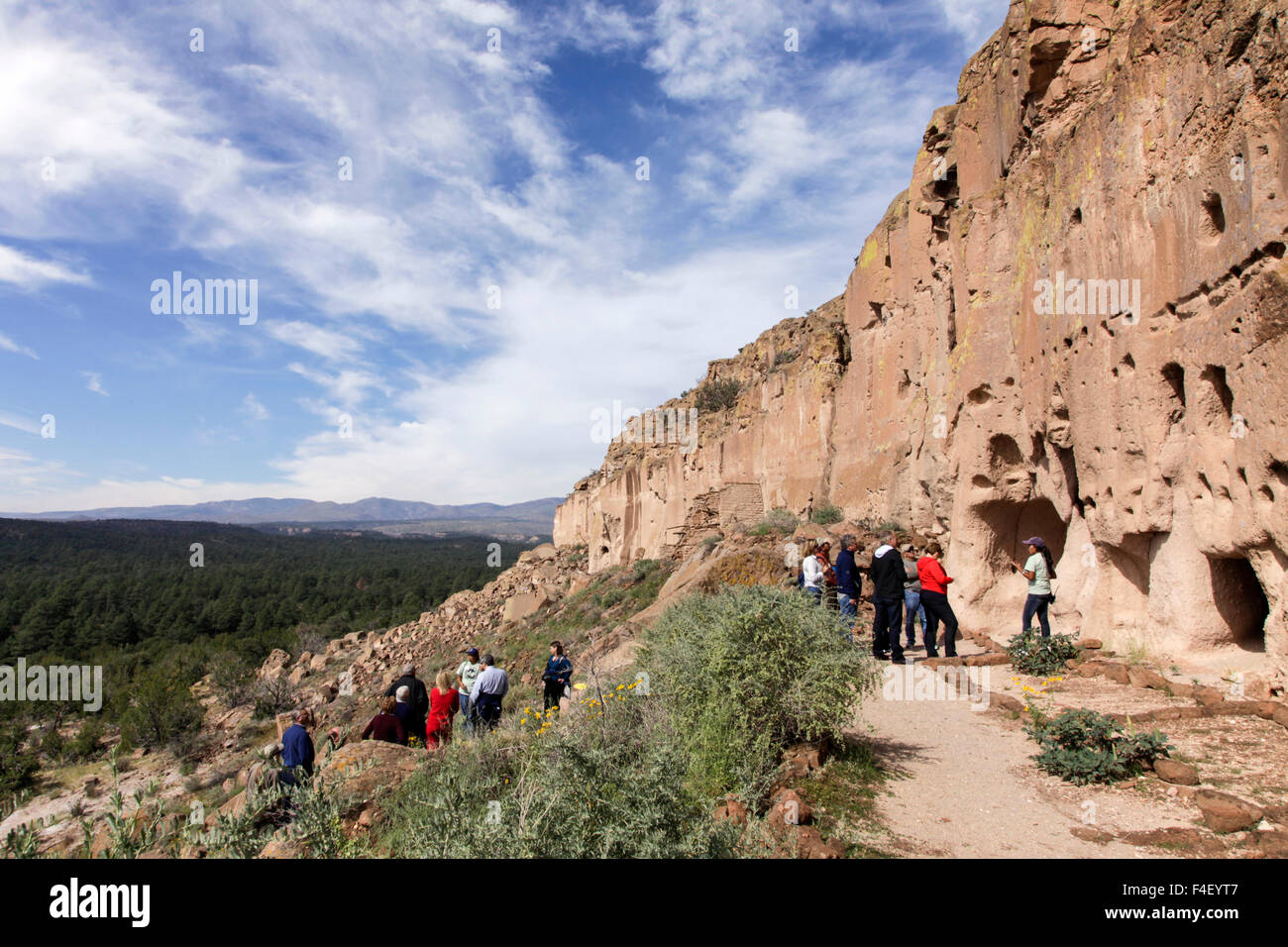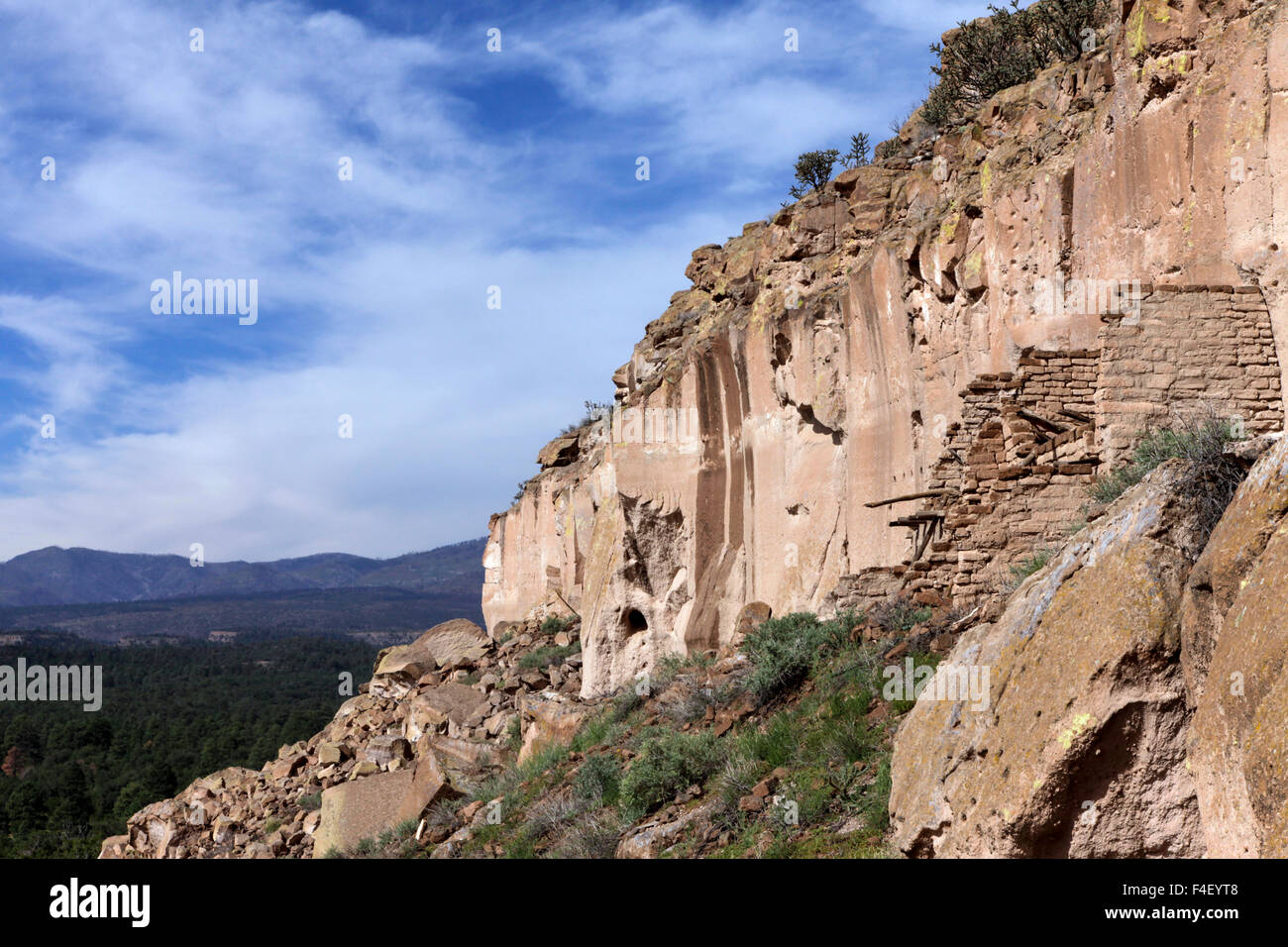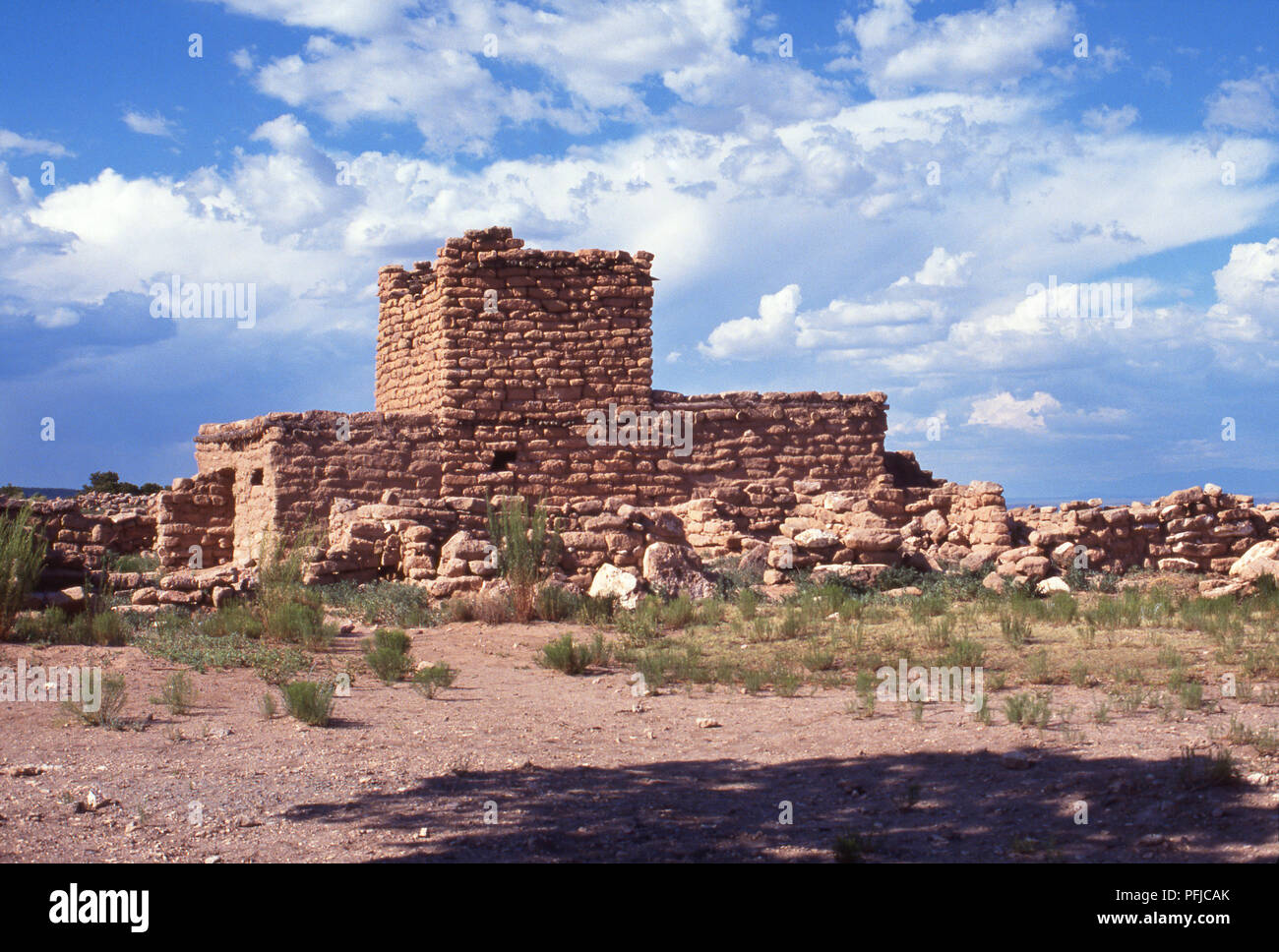
Echoes in Clay and Stone: The Enduring Spirit of Santa Clara Pueblo
The crimson sun dips below the Jemez Mountains, casting long, purple shadows across the arid New Mexico landscape. Here, along the fertile banks of the Rio Grande, a different kind of ancient whisper rises with the evening breeze – not of the wind alone, but of centuries of human presence, an unbroken chain stretching back to a time before memory. This is Santa Clara Pueblo, a sovereign nation of the Tewa people, where the past is not merely remembered but lived, breathed, and meticulously crafted into every piece of pottery, every traditional dance, and every spoken word of their ancestral language.
Santa Clara Pueblo is more than just a dot on a map; it is a vibrant, resilient community, a testament to the enduring spirit of its people. For over 800 years, the Tewa have called this land home, cultivating corn, beans, and squash, developing intricate spiritual beliefs, and honing artistic traditions that continue to captivate the world. Yet, like many indigenous communities, Santa Clara navigates the complex currents of the 21st century, striving to preserve its unique cultural heritage while embracing progress and addressing modern challenges.
A Cradle in the Cliffs: The Puye Ancestral Home

To truly understand Santa Clara Pueblo, one must first look to the towering, honeycombed cliffs to the west, where the Puye Cliff Dwellings stand as a silent, majestic sentinel. These awe-inspiring ruins, carved into the soft volcanic tuff, represent the ancestral home of the Santa Clara people. From roughly 900 AD to 1550 AD, Puye was a thriving community, its inhabitants living in multi-story pueblos built into the cliff face, accessible by ladders and hand- and footholds carved directly into the rock.
"Puye is where our people came from, our first village," explains a tribal elder, her voice imbued with reverence. "It’s a living textbook of our history, of how our ancestors lived, loved, and survived on this land." The site comprises both cliff dwellings and a mesa-top pueblo, demonstrating sophisticated architectural and engineering skills. The sheer scale of the community, estimated to have housed over 1,500 people at its peak, speaks to a highly organized and communal society.
The abandonment of Puye around the mid-16th century, prior to the arrival of the Spanish, is attributed not to war or conquest, but likely to a combination of prolonged drought, resource depletion, and possibly internal social dynamics. The descendants of Puye migrated down to the Rio Grande Valley, establishing the present-day Santa Clara Pueblo. This journey, from the high, defensible cliffs to the riverine lowlands, marked a significant adaptation, but the spiritual and cultural umbilical cord to Puye remained unbroken. Today, the Puye Cliff Dwellings are a National Historic Landmark and a powerful pilgrimage site for the Santa Clara people, symbolizing their deep connection to the land and the wisdom of their ancestors.
The Earth Speaks: The Art of Pottery
Perhaps nothing encapsulates the essence of Santa Clara Pueblo more vividly than its world-renowned pottery. For generations, the women (and increasingly, men) of Santa Clara have transformed the very earth beneath their feet into objects of breathtaking beauty and profound cultural significance. Their signature styles – lustrous blackware and deep redware – are not merely decorative arts; they are tangible expressions of identity, storytelling, and an unbroken lineage of skill and knowledge.
The process is an intricate dance with nature. Clay, carefully gathered from sacred lands, is meticulously cleaned, ground, and mixed. It is then coiled by hand, shaped, smoothed, and polished with river stones until it gleams. The distinctive blackware, known for its mirror-like finish, achieves its color during a unique firing process. After an initial open-air firing, the pots are smothered with organic materials like manure or sawdust in a reduction firing, depriving them of oxygen. The smoke and carbon penetrate the clay, turning it a deep, velvety black. Redware, on the other hand, is fired in an oxidizing atmosphere, allowing the iron in the clay to achieve its vibrant, earthy red hue.
"The clay speaks to us, tells us what it wants to become," shares Roxanne Swentzell, a celebrated Santa Clara Pueblo sculptor whose work transcends traditional pottery. "Our ancestors taught us how to listen, how to honor the earth in every step." Each piece, whether a utilitarian storage jar, a ceremonial bowl, or a contemporary sculpture, carries the spirit of its maker and the collective memory of the pueblo. Designs often incorporate elements from nature – the avanyu (water serpent), bears paws, rain clouds – reflecting the Pueblo people’s deep reverence for the natural world and their reliance on its cycles. The sale of pottery provides a vital economic backbone for many families, allowing them to sustain their traditions while participating in the broader economy.
A Tapestry of Tradition and Modernity

Life in Santa Clara Pueblo is a delicate, often challenging, balance between the ancient and the contemporary. The Tewa language, though facing the pressures of English dominance, remains a critical component of cultural identity. Elders strive to pass it down to younger generations through immersion programs and community efforts, understanding that language is the vessel for stories, prayers, and traditional knowledge.
Spiritual life revolves around a complex calendar of ceremonies, many of which are private and sacred, conducted in kivas – subterranean ceremonial chambers. These rituals, deeply rooted in the cycles of nature and agricultural life, reinforce community bonds and the Pueblo people’s relationship with the spiritual world. Public feast days, most notably the Feast Day of Santa Clara on August 12th, offer a rare glimpse into this vibrant cultural heart, with traditional dances, drumming, and feasting that draw visitors from around the globe. These events are not performances but living expressions of gratitude, prayer, and community solidarity.
However, Santa Clara, like any modern community, grapples with a myriad of issues. Economic development remains a priority, with the pueblo exploring ventures in tourism, gaming, and sustainable agriculture to create opportunities for its members. Education is paramount, with a focus on empowering youth to succeed in a globalized world while staying connected to their roots. The challenges of preserving ancient traditions in an age of digital saturation, ensuring adequate healthcare, and protecting precious water rights in an arid region are constant undertakings.
"We walk in two worlds," says a tribal council member, reflecting on the community’s journey. "We honor our ancestors and their wisdom, but we must also prepare our children for the future, equip them with the tools they need to thrive. Our sovereignty gives us the power to make those decisions for ourselves." This self-determination, hard-won and fiercely protected, allows the pueblo to craft its own destiny, blending the best of both worlds.
Guardians of the Land: Water and Sovereignty
The Rio Grande, the lifeblood of New Mexico, is particularly crucial for Santa Clara Pueblo. Water rights are not just legal entitlements; they are an existential necessity, intrinsically linked to the pueblo’s agricultural heritage, spiritual practices, and very survival. The pueblo has been a staunch advocate for its water rights, engaging in complex legal battles and collaborative efforts to ensure a sustainable future for its people and the precious river ecosystem.
This deep connection to the land extends beyond water. The Pueblo people are stewards of their environment, understanding that their well-being is inextricably linked to the health of the earth. Efforts in sustainable land management, conservation, and renewable energy are part of a holistic approach to ensuring that future generations can continue to thrive on their ancestral lands.
A Future Forged in Resilience
As the last rays of sun fade, and the stars begin to pepper the vast New Mexico sky, Santa Clara Pueblo settles into a quiet rhythm. The echoes of ancient lives from Puye mingle with the laughter of children playing in modern homes. The scent of wood smoke from a traditional horno oven might drift on the air, alongside the hum of contemporary life.
Santa Clara Pueblo stands as a powerful symbol of resilience, adaptation, and unwavering cultural pride. It is a place where the past is not a burden but a foundation, where tradition is not a static relic but a dynamic, living force. Through their art, their language, their ceremonies, and their daily lives, the people of Santa Clara continue to tell their story – a story of profound connection to land and community, of a spirit that, like the meticulously crafted pottery, endures through fire and time, emerging ever more beautiful and strong. Their journey is ongoing, a vibrant thread in the rich tapestry of American history, promising that the whispers of the ancient ones will continue to resonate for centuries to come.


